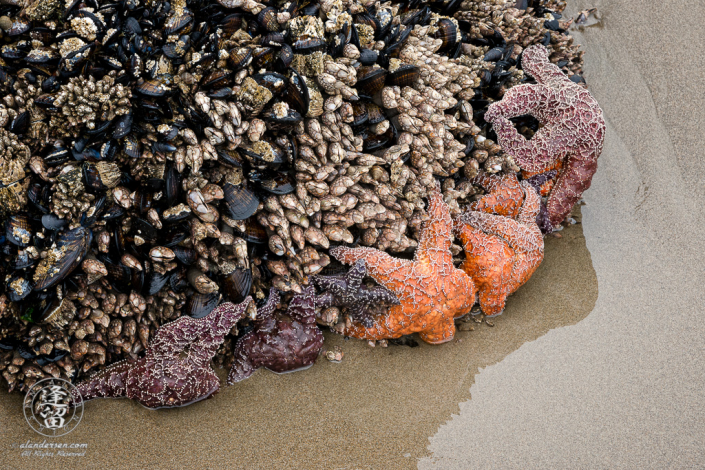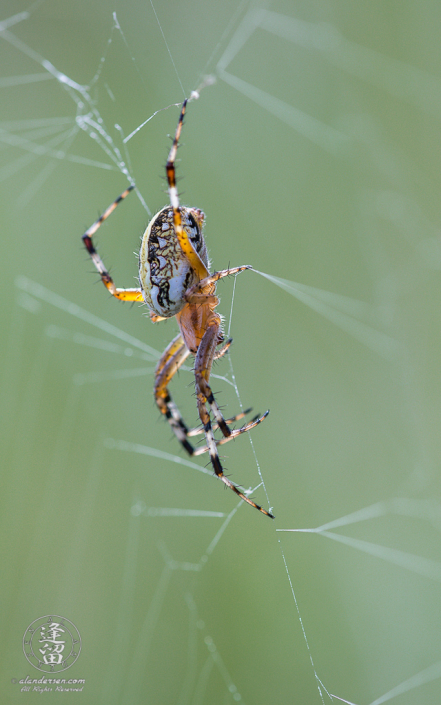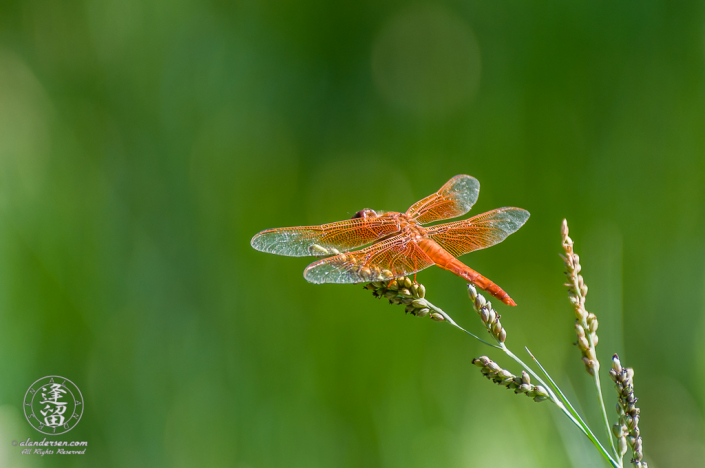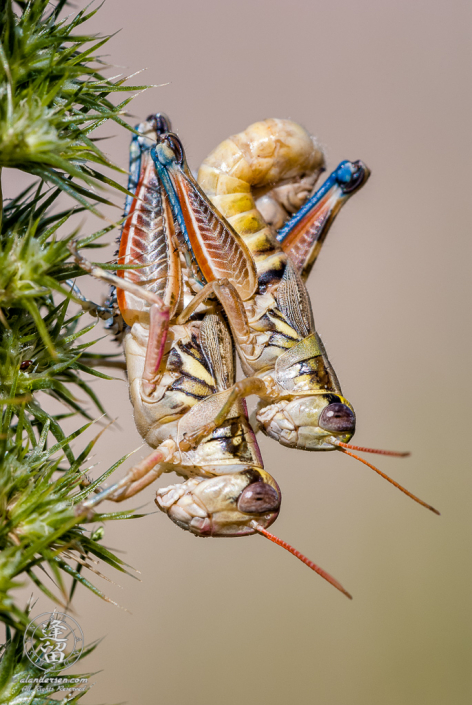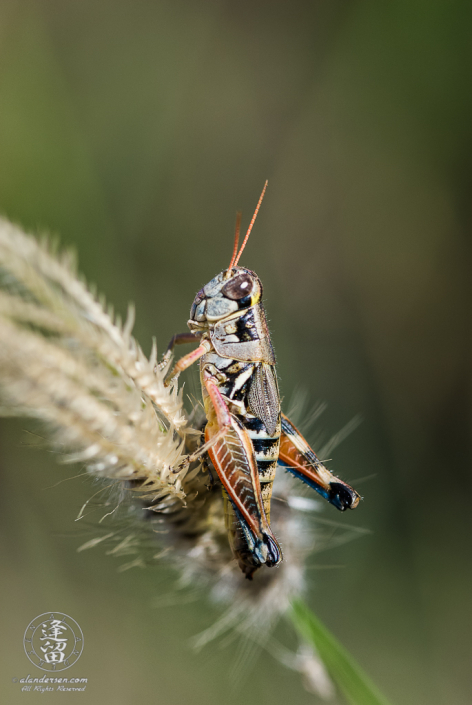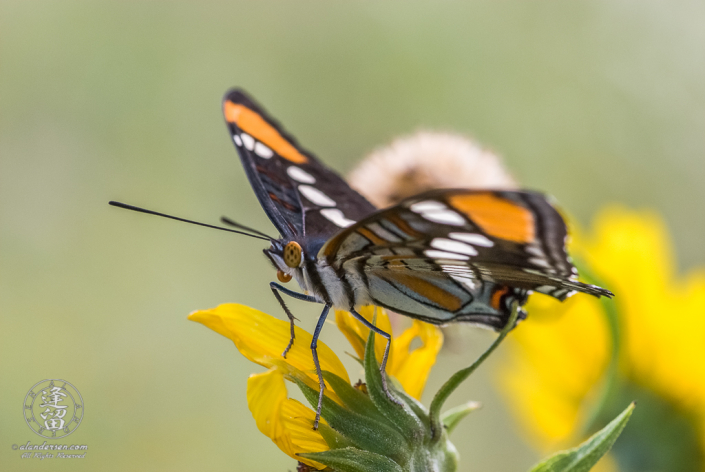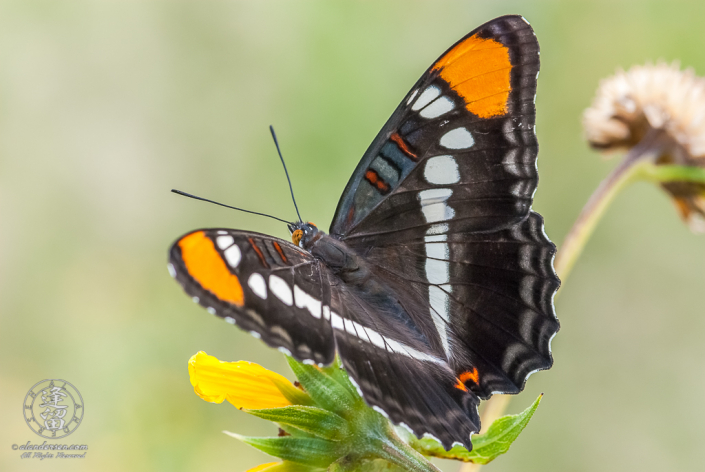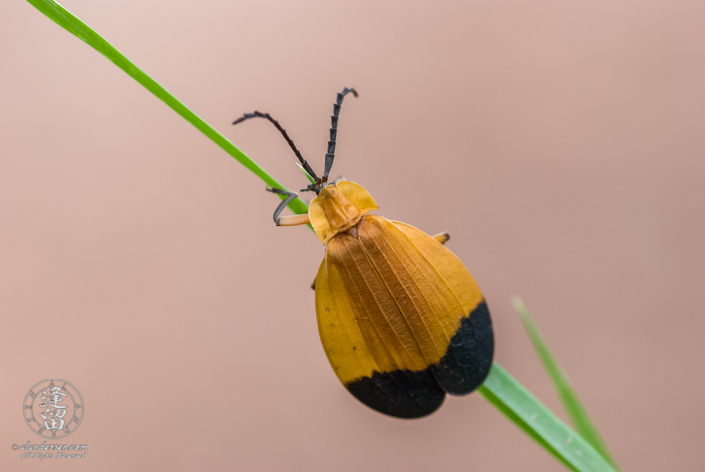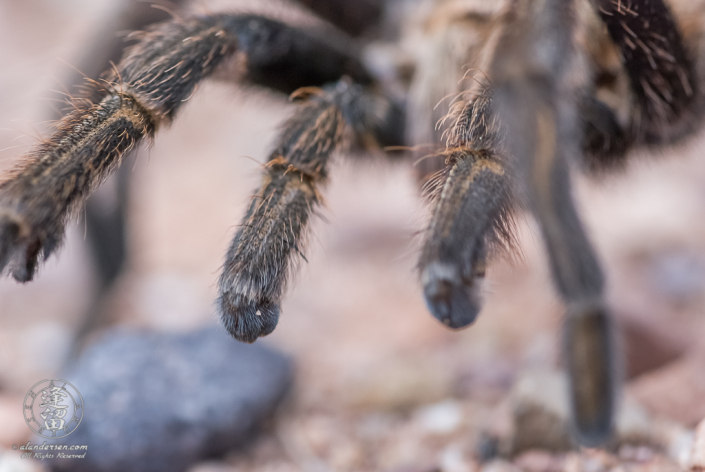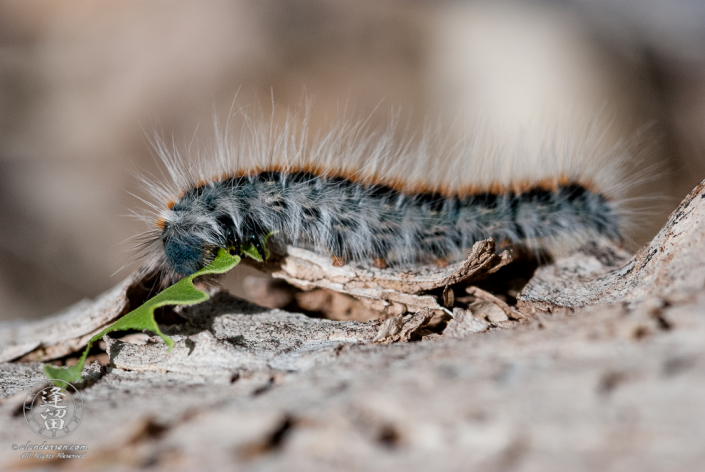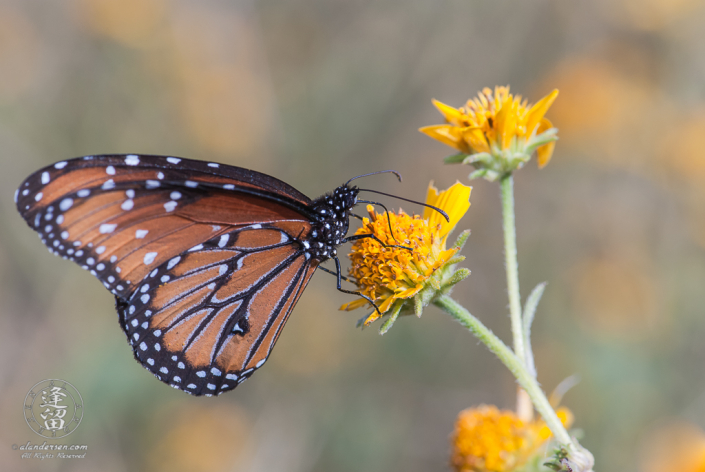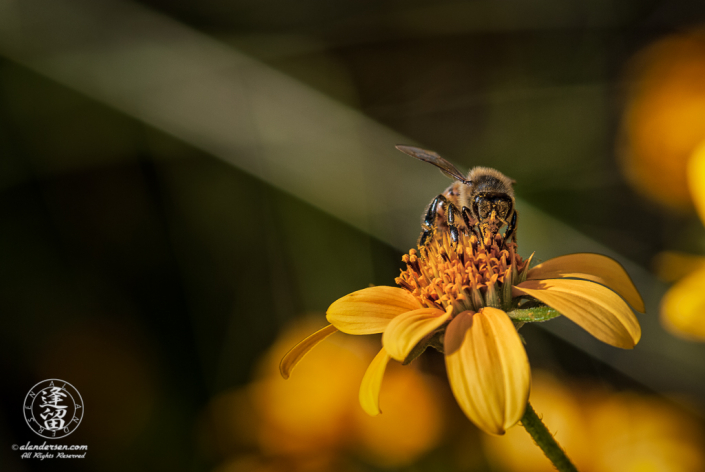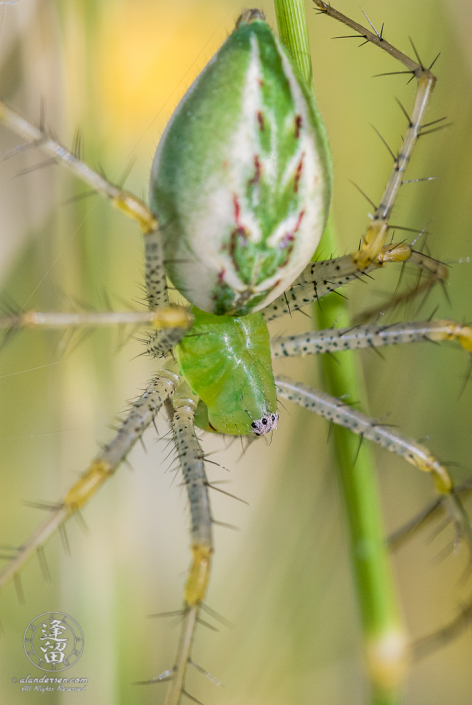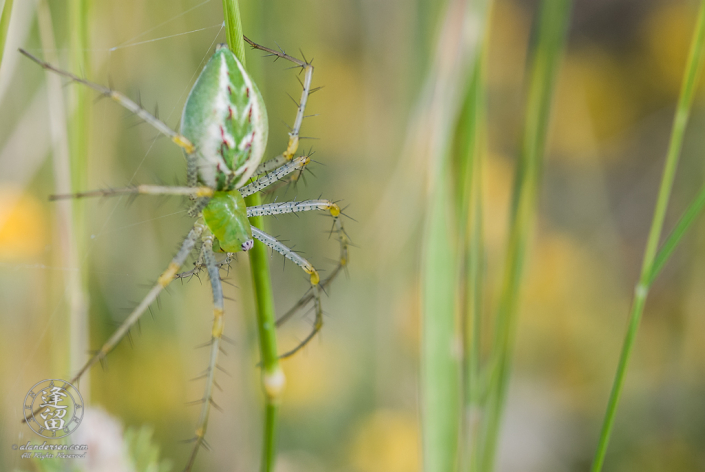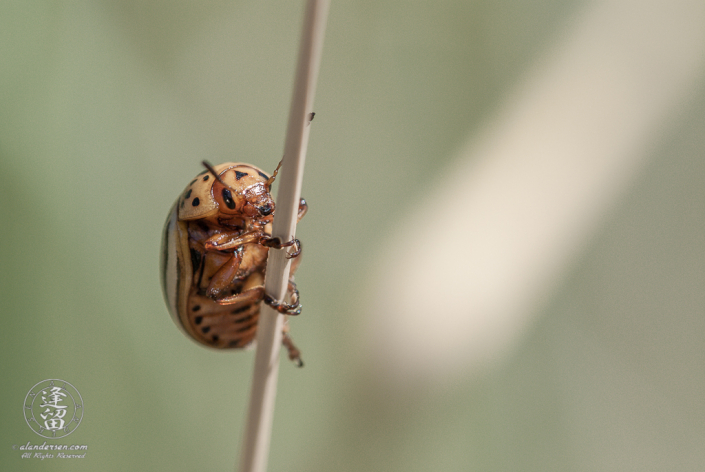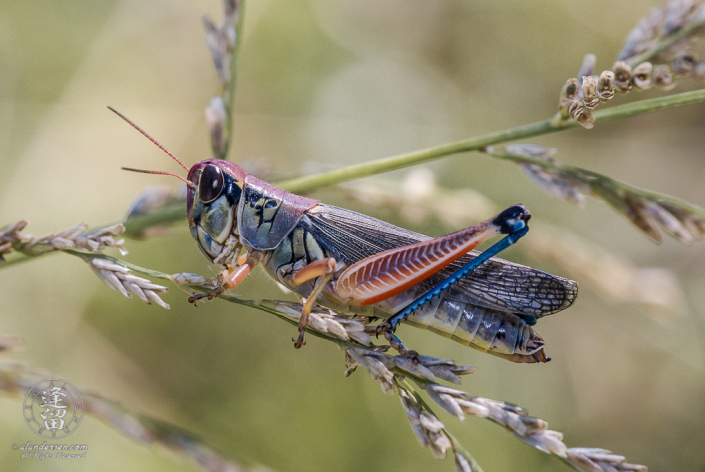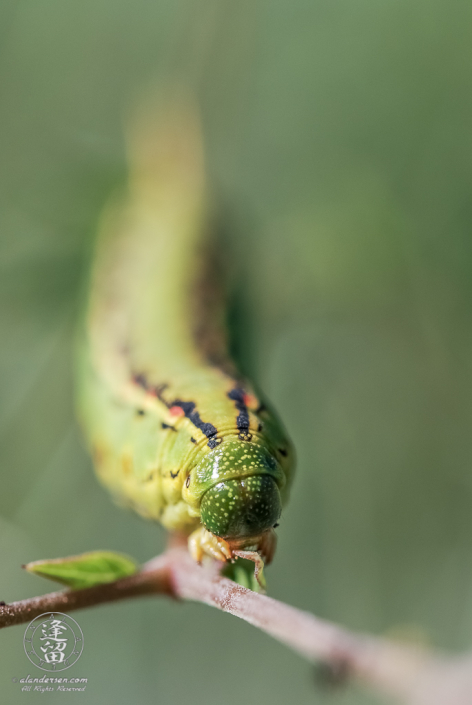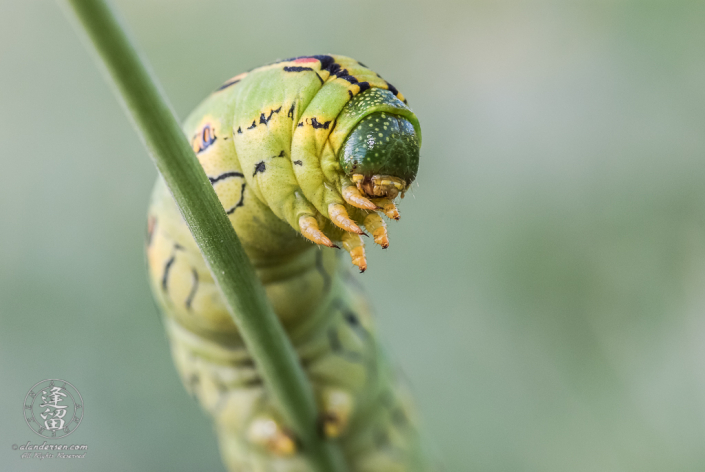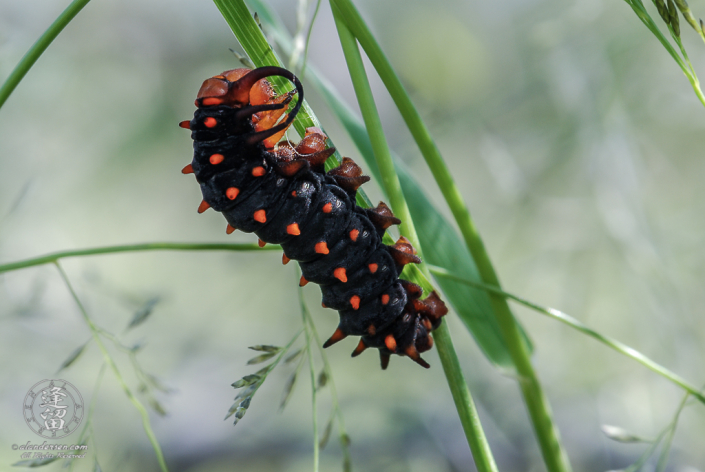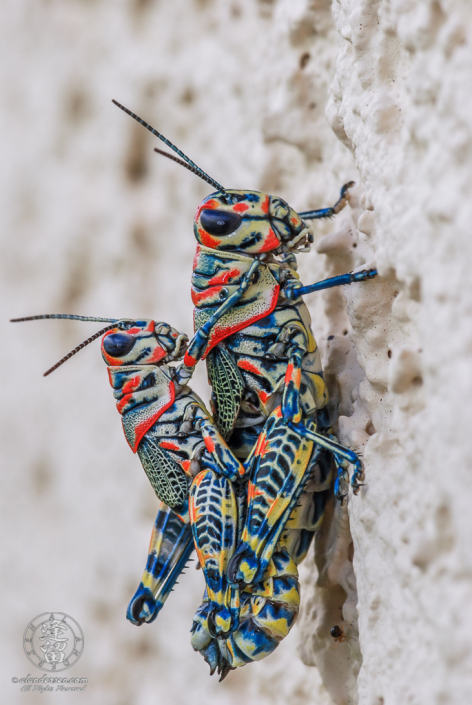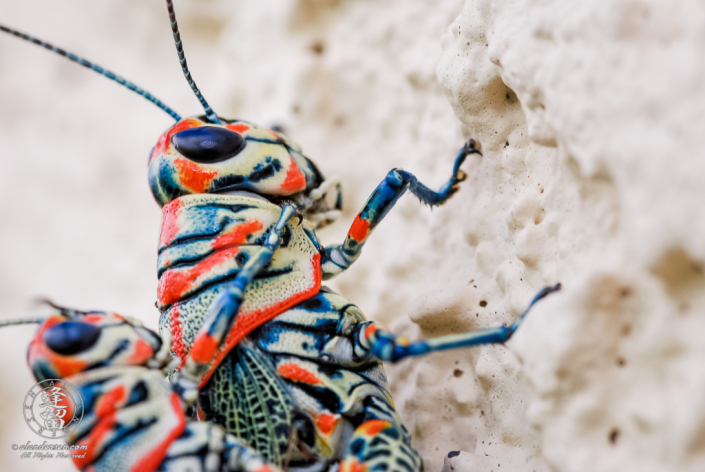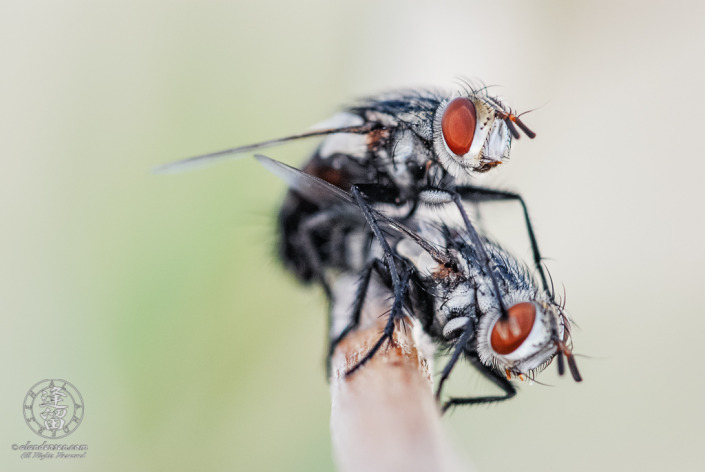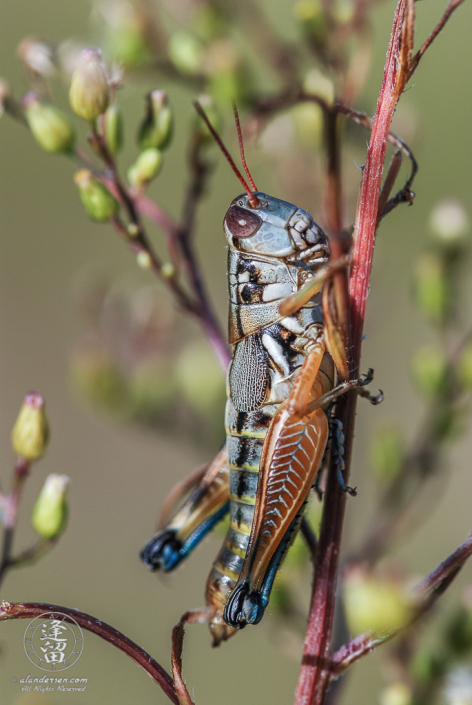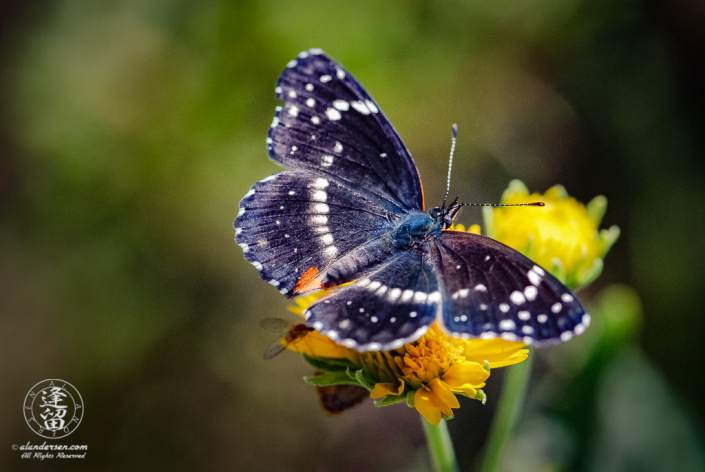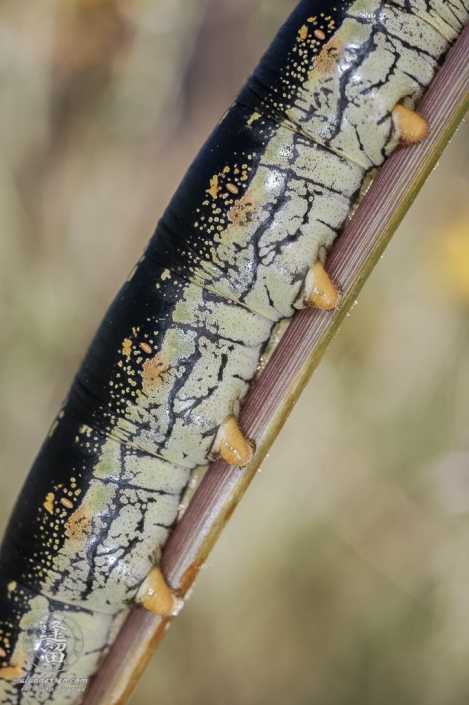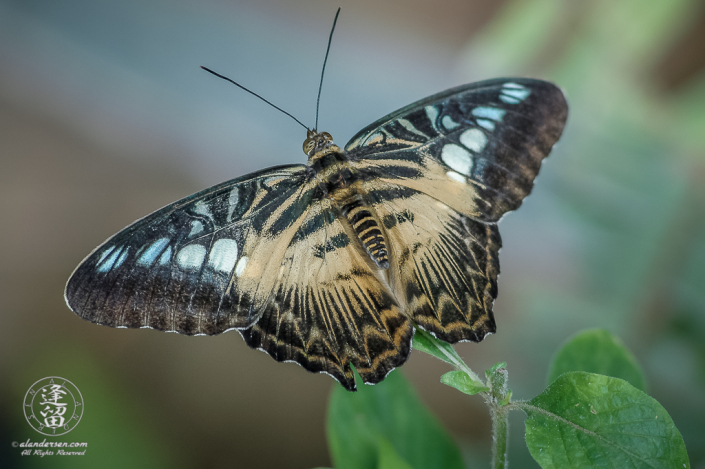Invertebrates are those creatures that don’t have a backbone. You know, those creepy-crawly things you and most everyone else goes, “Ew!” over?
Regardless how you might feel about them, invertebrates are the most prolific creatures on this planet and they offer a wealth of photographic opportunities. Bees, beetles, bugs, butterflies, caterpillars, flies, grasshoppers, moths, and spiders are just some of the most common invertebrates that you can make images of.
Though you can use any lens to photograph invertebrates, ones that have macro capabilities are better suited for getting closeups of these mostly small creatures. You can even buy inexpensive screw-in diopters to make closeup images. The best tools for this kind of photography are fixed-length lenses that are specially designed for “macro” work, or “micro”, as Nikon likes to call it.
Invertebrates are a prey species so they generally have good eyesight and are able to detect the slightest movement. Therefore, be sure you move slowly when trying to capture them. To maximize your chances of getting as close to your subject as possible, try to photograph them early in the morning before they have a chance to warm up from the Sun’s warmth. You’ll find that grasshoppers put up with a lens looming over them at this time whereas they will hop away at the slightest movement an hour or so later in the day.
Bear in mind that quite a few invertebrates can bite, sting, or do something unpleasant to you. Therefore, think twice before sticking a 50mm macro lens in a hornet’s face, especially if it has friends. The smaller macro lenses are better suited for flowers, plants, and other “still” life macros. Use the larger lenses for your invertebrate images.
How large should your lens be? Not too large. The mid-range lenses, like the Nikkor 105mm are probably better for capturing invertebrate images than a larger lens like the 200mm. Both lenses are top-of-the-line. The 200mm will give you more reach but it will weigh more and cost much more. Also, a lens in the 200mm range will probably not open up as far as a 105mm will. The Nikkor 105mm Micro opens up to f2.8 whereas the Nikkor 200mm Micro only opens up to f4. That extra stop makes a world of difference when it comes to the much coveted “bokeh!”

